Photo project by Gerd Ludwig "The Long Shadow of Chernobyl"
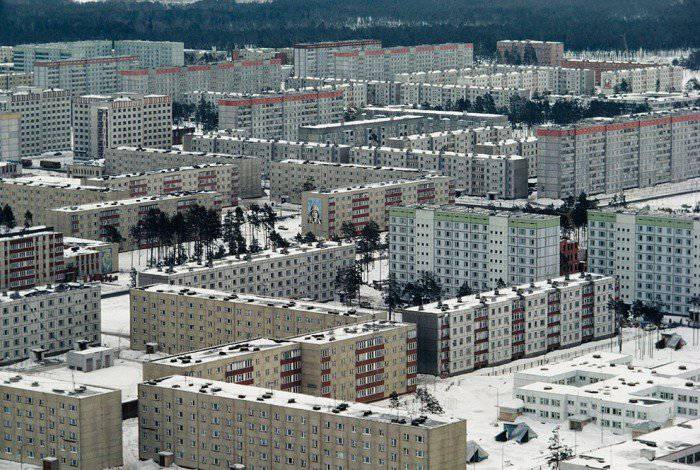
In 2011, Kickstarter took over the partial financing of its expedition. Currently, Ludwig has released an application for the iPad, which includes more than 150 photos, videos and interactive panoramas telling about Chernobyl. We bring to your attention a small selection of works by photojournalist Gerd Ludwig dedicated to one of the worst nuclear accidents in all history humanity.
1. 26 on April 1986 of the year, the operators who were in the control room of the reactor number 4 at the Chernobyl nuclear power plant made a fatal series of gross operating errors during the testing of the equipment of the emergency power supply system. The mistakes made led to the largest nuclear accident in the world today. It looks like an abandoned control room today. The level of radiation there is off scale. Chernobyl Nuclear Power Plant, Ukraine, 2005 year.
2. Workers wearing gas masks and plastic suits to protect against radiation are sent to their place of work — they must drill holes to support the rods inside the sarcophagus. This is an extremely dangerous job: the radiation level is so high that workers must constantly monitor the readings of Geiger counters and dosimeters. In addition, they can stay in the room where the work takes place, only for fifteen minutes a day. Chernobyl Nuclear Power Plant, Ukraine, 2005 year.
3. For many years, specialists have made desperate efforts to strengthen the roof of the sarcophagus over the fourth block to prevent its destruction. Inside the sarcophagus, dimly lit tunnels lead to ominous abandoned halls in which the floor is littered with bits of wire, debris and metal and other debris. The walls collapsed, and rubble was covered with radioactive dust. Stabilization work has been completed, and today the inside of the reactor remains intact because of the high level of radiation; maybe someday it will be dismantled.
4. Although off-level radiation levels allow you to stay indoors for only a few minutes, workers must first go through the many dangerous stairs to get to the hall where the melted core of a radioactive reactor is located. To facilitate faster access, a special corridor was built, the so-called “support ladder”. Chernobyl Nuclear Power Plant, Ukraine, 2011 year. (
5. Workers near the sarcophagus are constantly exposed to extremely high levels of radiation. A new Shelter is currently under construction, the estimated cost of which is estimated at 2,2 billion dollars. An arcuate metal structure weighing 29 thousand tons, 105 meters high and 257 meters wide, will be built on top of an existing structure that has worn out and is not considered reliable. To provide a solid foundation for a new cover, the 396 of huge metal pipes were driven into 25 meters deep into the ground. Chernobyl Nuclear Power Plant, Ukraine, 2011 year.
6. View from the roof of the hotel "Polesie" in the city center of Pripyat. From here, the sinister Chernobyl nuclear power station is clearly visible. Pripyat is a city that has become home to approximately 50000 people, most of whom worked in a nuclear power plant. Today, Pripyat is a ghost town. Photo taken in 2005 year.
7. Erected in 1970 for scientists and workers of the Chernobyl nuclear power plant, the city of Pripyat, located less than 3 kilometers from the reactor, was once a busy settlement with 50000 residents. The authorities did not immediately inform the residents about the accident that had occurred and announced a complete evacuation only 36 hours after the explosion. Pripyat, Ukraine, 1993 year.
8. When the Soviet authorities finally issued an order for evacuation, a hasty departure forced the city residents to leave their most personal and necessary things. The Soviet Union admitted to the world public about the catastrophe only three days after the explosion, when the nuclear cloud reached Sweden and the Swedish scientists noticed that their shoes were in radioactive dust. Opachichi, Ukraine, 1993 year.
9. Nineteen years after the accident. This is how empty schools and a kindergarten in Pripyat look like - once the largest city in the exclusion zone with a population of 50000 inhabitants. Abandoned premises testifies to the sudden and tragic finale of the city. Due to the inevitable decay, part of the school building has since collapsed. Pripyat, Ukraine, 2005 year.
10. On the day of the disaster, children who were unaware of the disaster that had occurred were playing in this kindergarten in Pripyat, the satellite city of the nuclear power plant. The next day they were evacuated, leaving everything, even their favorite dolls and other toys. Pripyat, Ukraine, 2005 year.
11. The wind blows in the abandoned ghost town of Pripyat. 26 April 1986, this amusement park was prepared for traditional events for the annual celebration of 1 on May, when the reactor number 4 of the Chernobyl nuclear power plant, located less than three kilometers from the city of Pripyat, exploded. Pripyat, Ukraine, 1993 year.
12. 26 April 1986, this amusement park in Pripyat with cars and a ferris wheel was prepared for events related to the annual celebration of the first of May, when a nuclear reactor exploded nearby. Slowly collapsing over 25 years, it has since become a symbol of the tragedy in this area. Now it is an attraction for tourists who have begun to travel to the exclusion zone around the Chernobyl nuclear power plant. Pripyat, Ukraine, 2011 year.
13. In 2011, the Ukrainian government officially legalized tourism in the exclusion zone. In Pripyat, visitors have the opportunity to wander through the garbage-strewn corridors and empty school classes. Hundreds of gas masks are in the dining room. One of the tourists brought his gas mask, but not to protect himself from radiation, but simply to take photographs. Pripyat, Ukraine, 2011 year.
14. The nuclear accident has contaminated tens of thousands of square kilometers, forcing 150000 people hastily left their homes within 30 km. Today, almost all the small wooden houses in the villages located in the exclusion zone have been abandoned, and nature is gradually absorbing the remnants of civilization. Korogod, Ukraine, 2005 year.
15. Kharitina Desh, 92 of the Year, is one of several hundred elderly people who have returned to their homes in a village located in the exclusion zone. Despite the devastation and complete isolation surrounding her, she prefers to die on her land. Teremtsy, Ukraine, 2011 year. (
16. Tomatoes grown in their own garden wash a hearing-impaired couple in the sink in the house - seventy-seven-year-old Ivan Martynenko and 82-year-old Gapa Semenenko .. After the evacuation, several hundred elderly people subsequently returned to their former homes, eating mostly vegetables and fruits that grew on polluted soil . Ilintsy, Ukraine, 2005 year.
17. Thyroid cancer patients, Oleg Shapiro, 54, and thirteen-year-old Dima Bogdanovich at an endocrinology clinic in Minsk, where several dozen operations are performed daily. As the liquidator of the accident at the Chernobyl nuclear power plant, Oleg was exposed to extreme levels of radiation. This was his third operation on the thyroid gland. Dima's mother claims that radioactive fallout caused the son’s cancer, but doctors are more cautious in their statements, since Belarusian officials are inclined to downplay the seriousness of radiation, this is the official position of the country. Minsk, Belarus, 2005 year.
18. Dima Pykko, 16, is being treated for lymphoma. Dima is a patient of the Children's Cancer Center (Center for Oncology and Hematology) in Lesnoy, Minsk. The Center for Oncology and Hematology was built with significant financial support from Austria. Its main purpose is the fight against cancer, the number of which has significantly increased in Belarus after the accident at the Chernobyl nuclear power plant. Forest, Belarus, 2005 year.
19. Suffering from physical and mental retardation, five-year-old Igor was left without parents who had abandoned him, and now lives in a children's psychiatric hospital that takes care of 150 abandoned and orphaned children with disabilities. This is one of several similar establishments located in rural areas in the south of Belarus and receiving support from the Children of Chernobyl International organization. The organization was created by Adi Roche in 1991, after the worst nuclear disaster in the world. Vesnova, Belarus, 2005 year.
20. In the days, weeks and months after the accident at the Chernobyl NPP, a strong wind carried radioactive dust and brought a radioactive cloud to the north-west of the Gomel region of Belarus, as a result of which thousands of square kilometers were affected by radioactive fallout. To date, girls born after the accident, have their own children. Many people worry about how radioactive contamination affected their reproductive organs and genes. Gomel, Belarus, 2005 year.
21. A five-year-old baby with leukemia, Veronika Chechet was hospitalized at the Center for Radiation Medicine in Kiev. Her mother, twenty-nine-year-old Elena Medeeva, was born four years before the accident at the Chernobyl nuclear power plant in the regional center of the neighboring Chernihiv region, in a city that was badly damaged by radioactive fallout. According to hospital doctors, the condition of many patients is a direct result of the consequences of the accident at the Chernobyl nuclear power plant. Ukraine, Kiev, 2011 year.
22. In a shelter in Belarus, a mentally retarded boy sniffs a tulip. Children born in a region exposed to radioactive fallout, scientists believe, have a higher level of congenital malformations and underdevelopment. This opinion is shared by many, but not all in the scientific community. International charitable organizations that were created in connection with the consequences of a radioactive disaster continue to provide much-needed financial support for shelters and orphanages where children are affected by the consequences of the accident at the Chernobyl nuclear power plant. Vesnova, Belarus, 2005 year.
23. Every year on April 26 at midnight a vigil passes at the monument to a fireman in Chernobyl - in memory of those killed in the explosion. Two plant workers died immediately during the explosion, and 28 workers and firefighters soon died as a result of radiation poisoning. Thousands of people have since died from cancer, and the social upheavals that were caused by mass exoduses. Chernobyl, Ukraine, 2005 year.
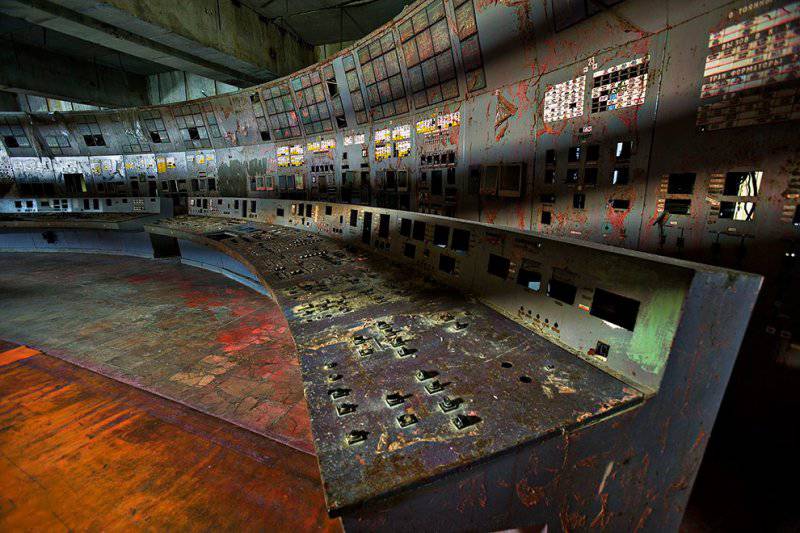
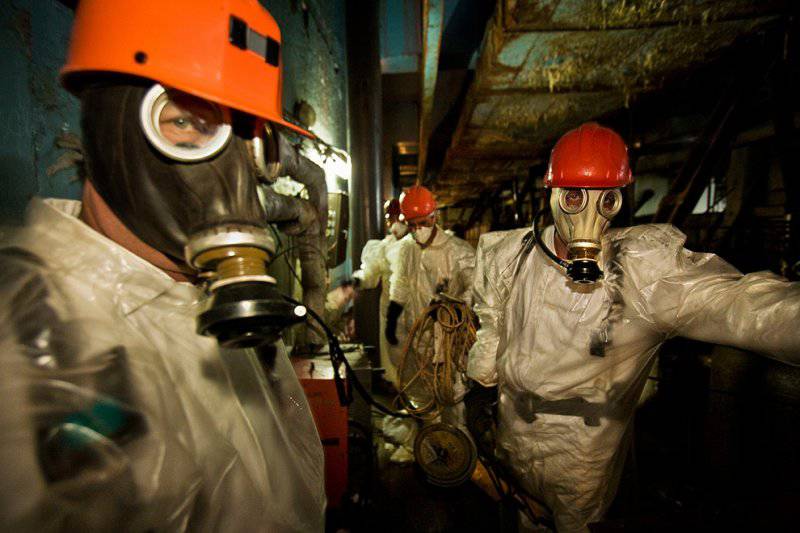
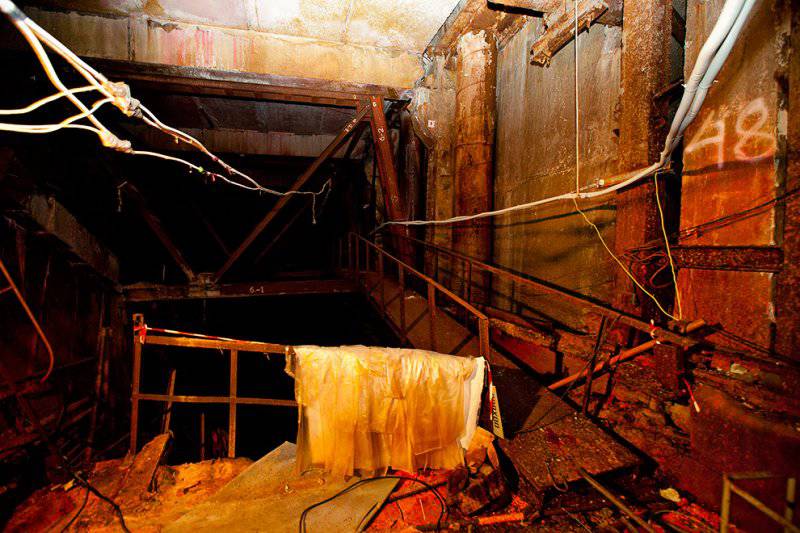
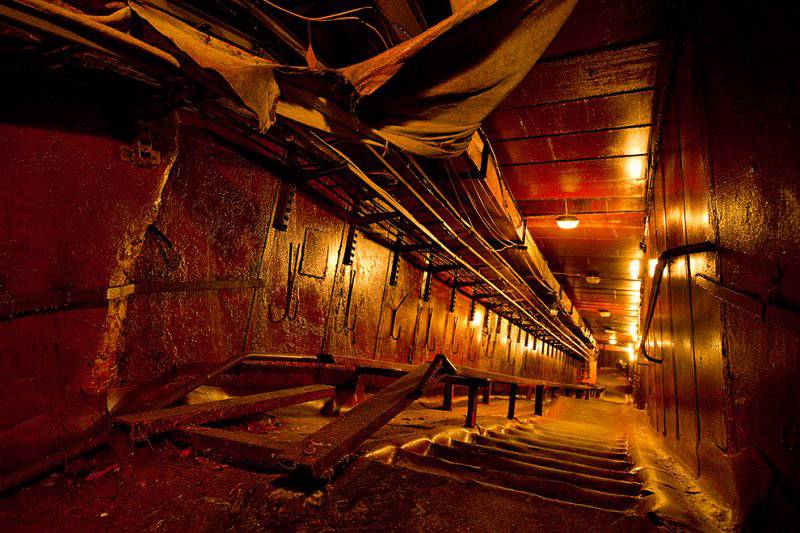
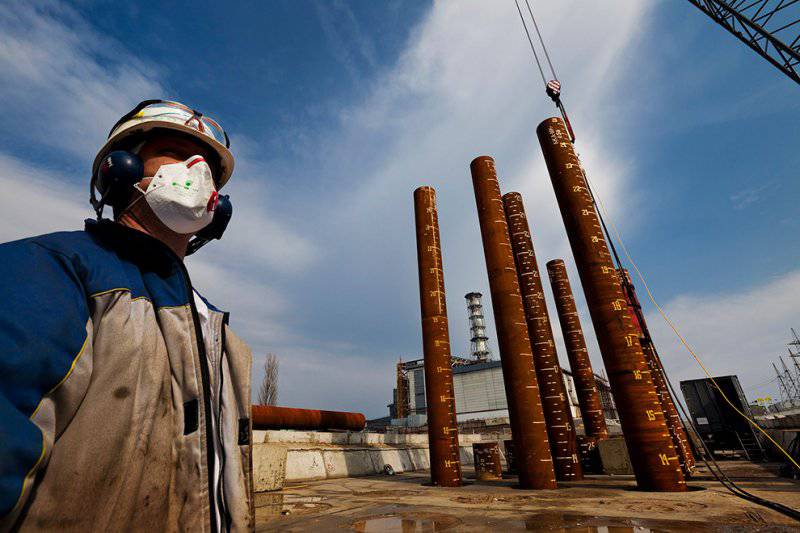
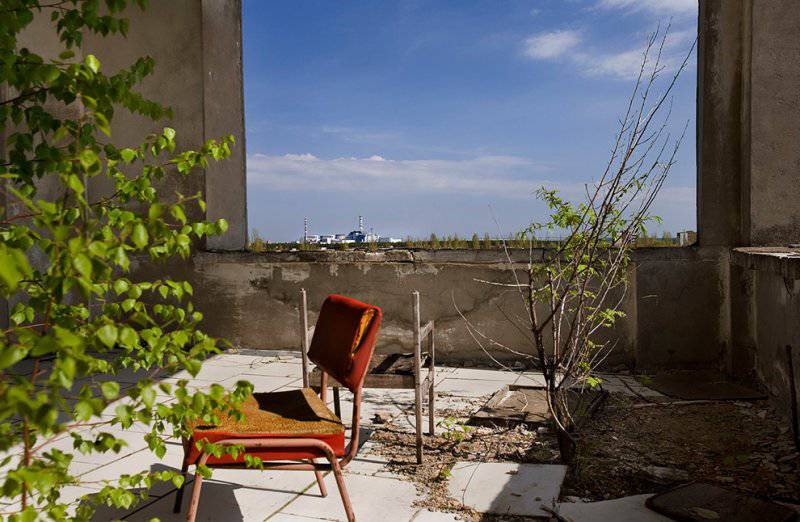
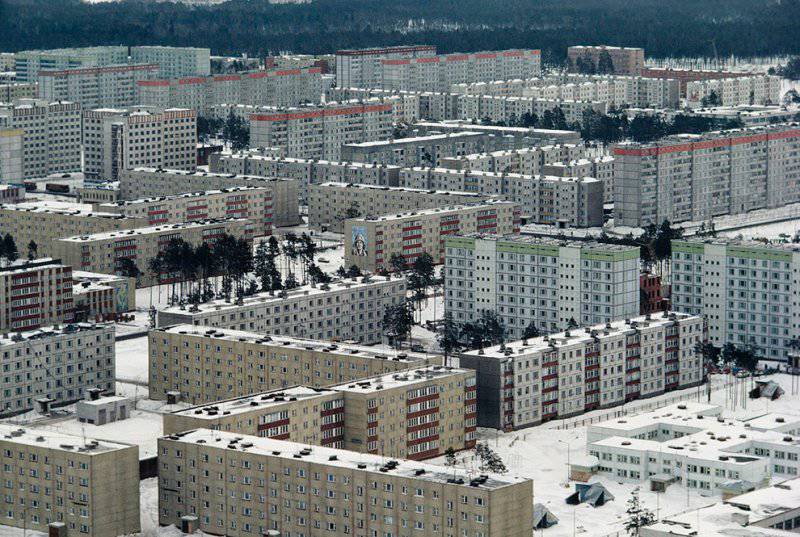
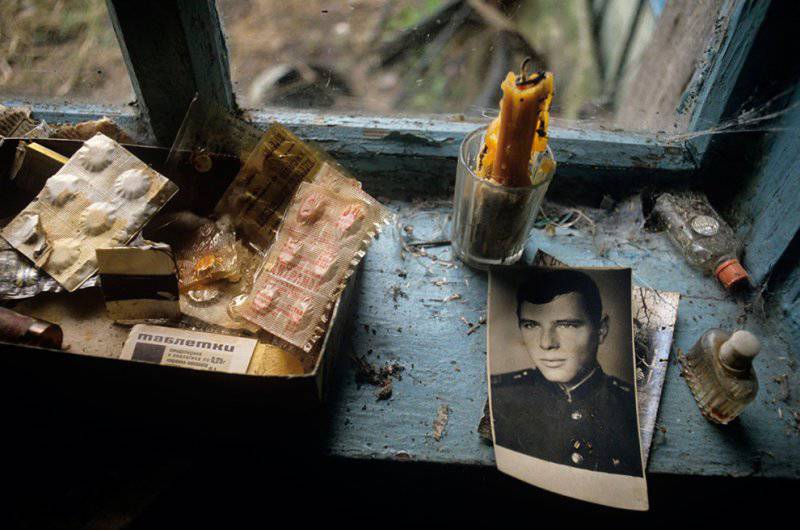
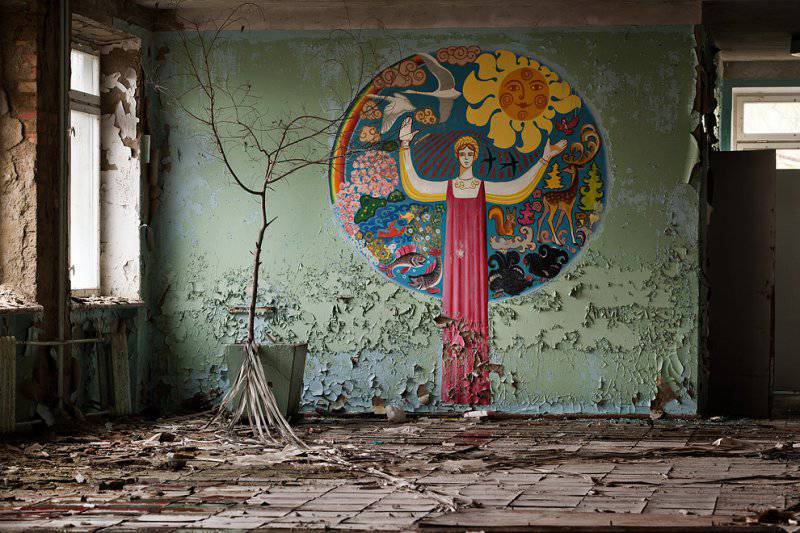
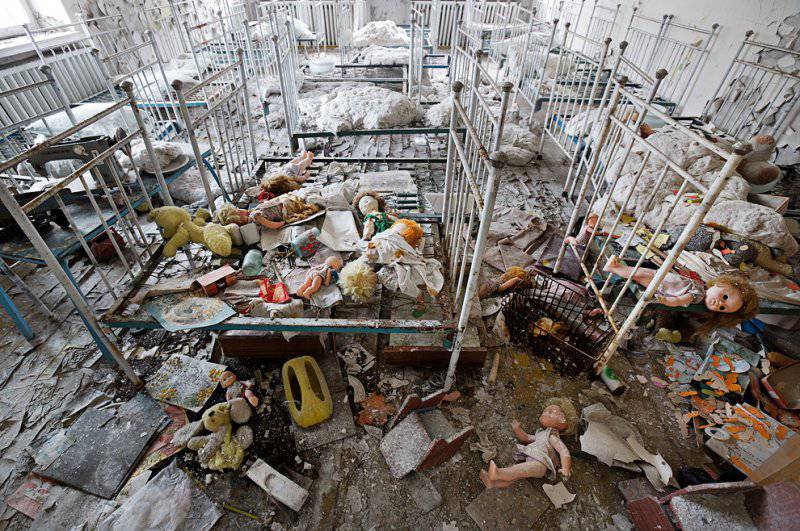
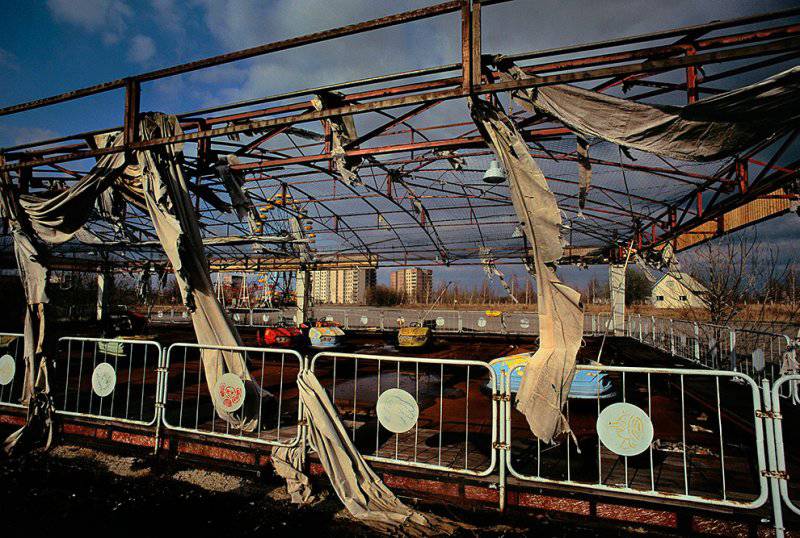
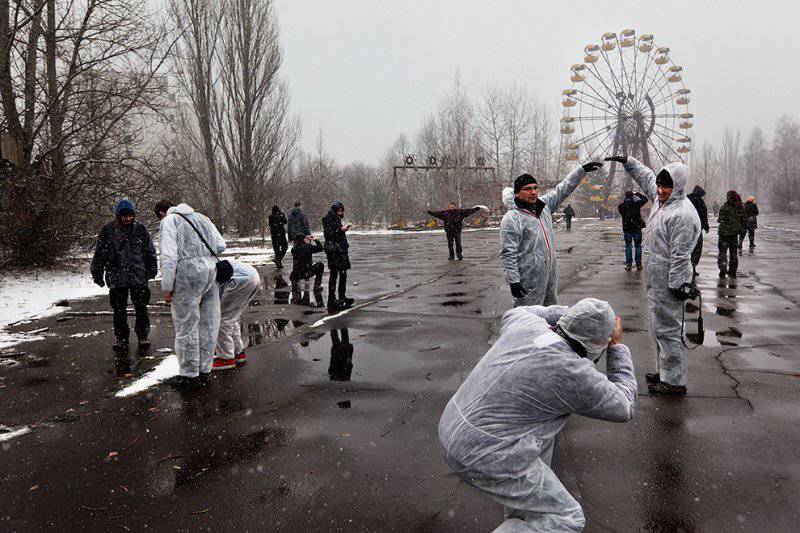
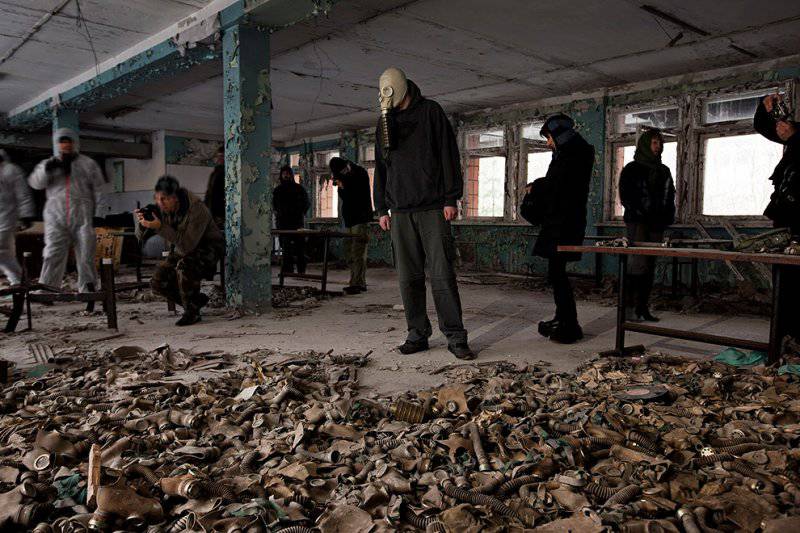
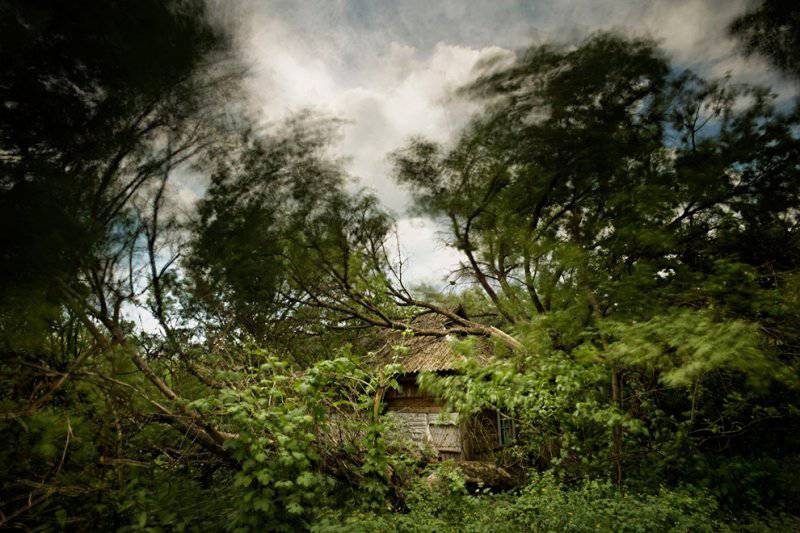
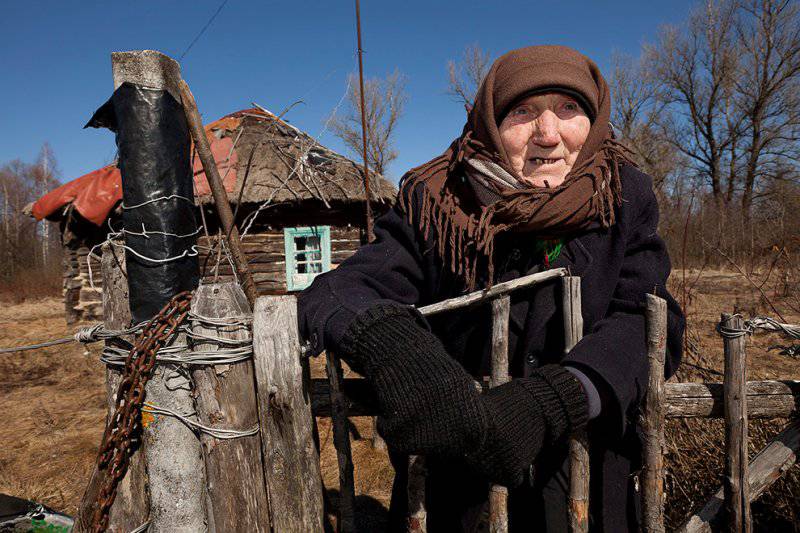
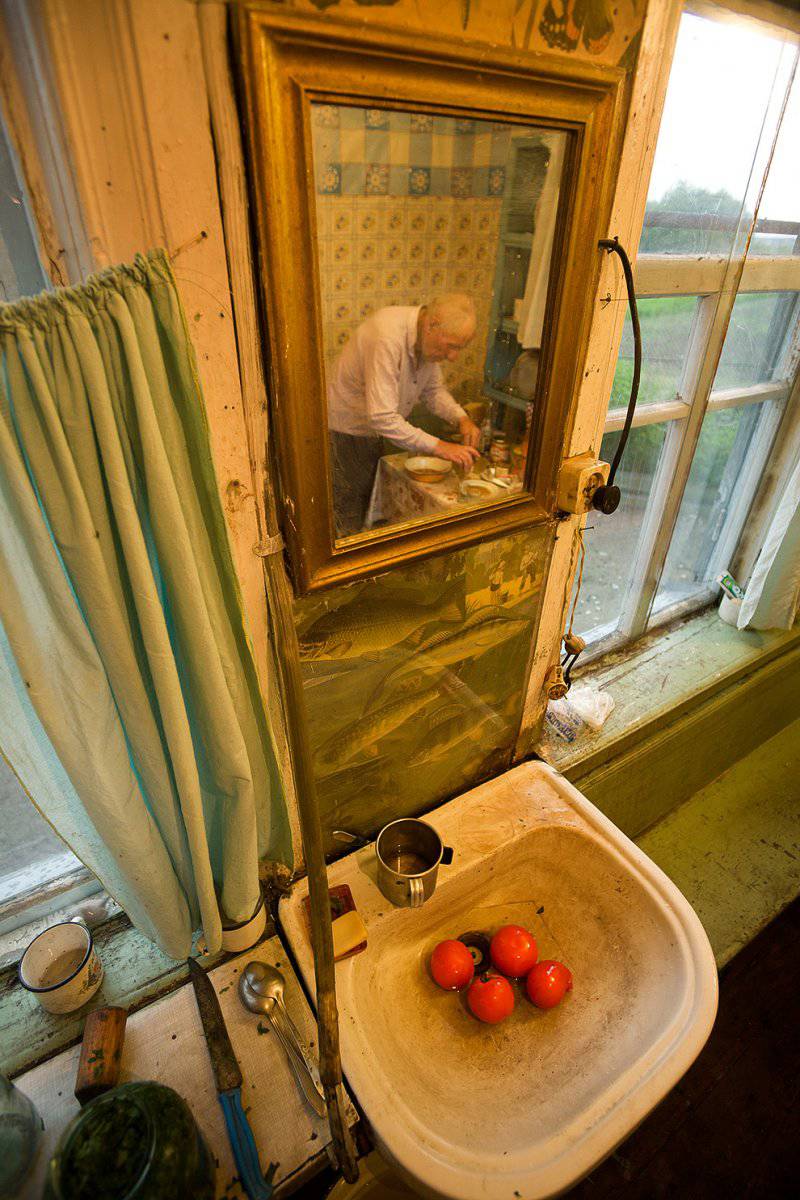
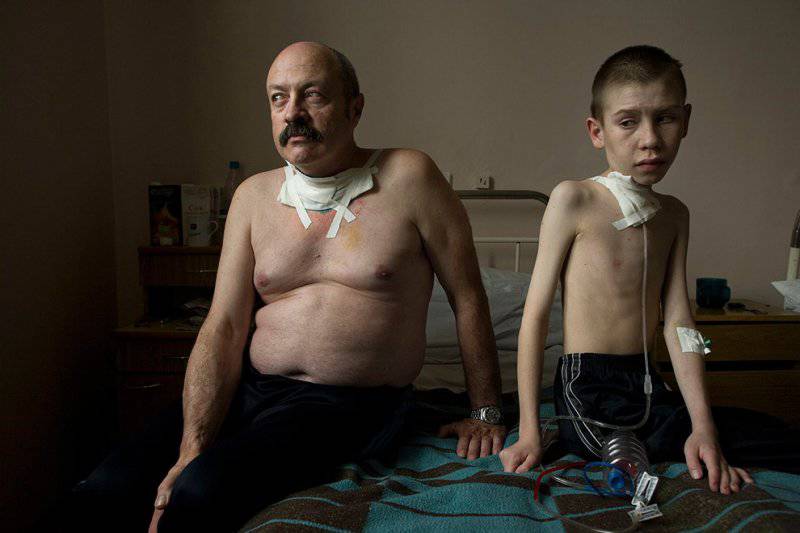
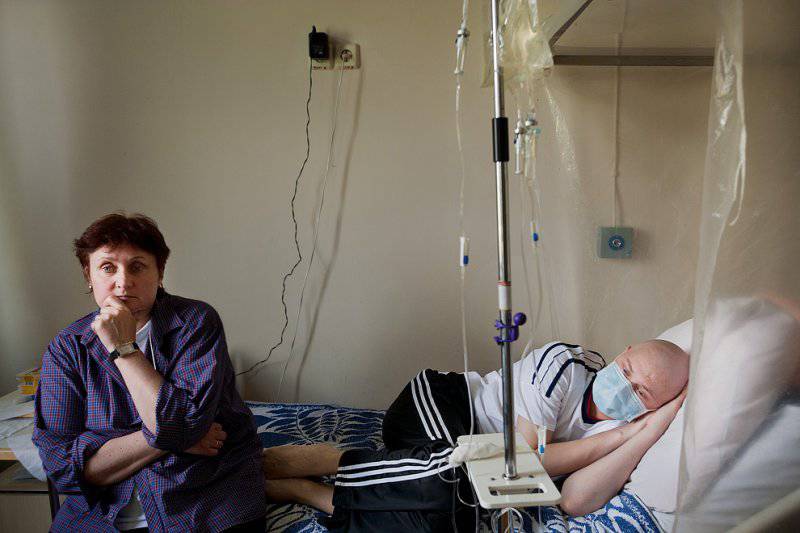
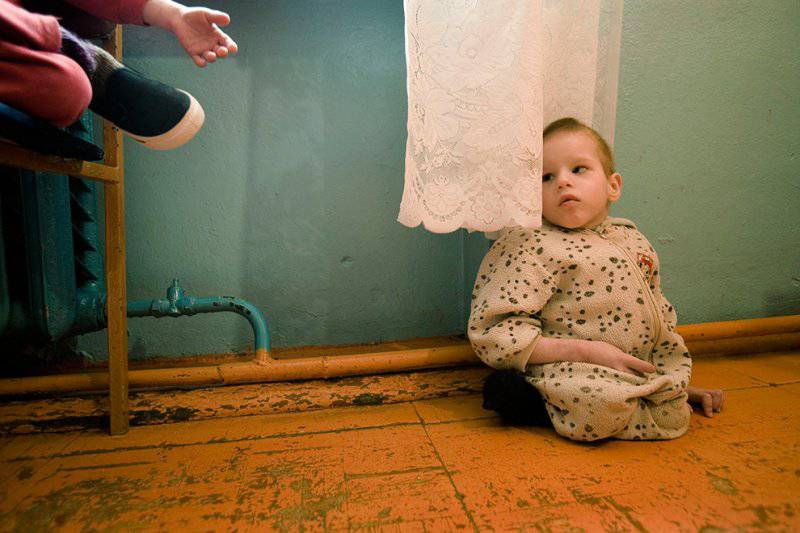
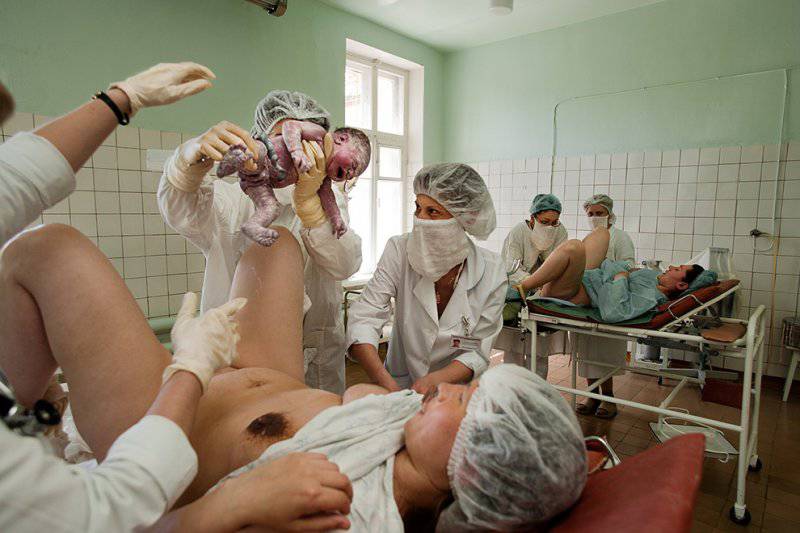
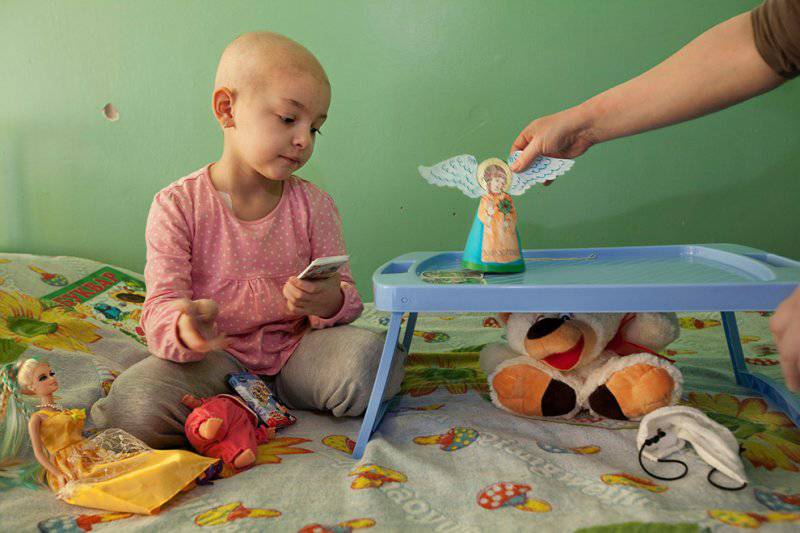
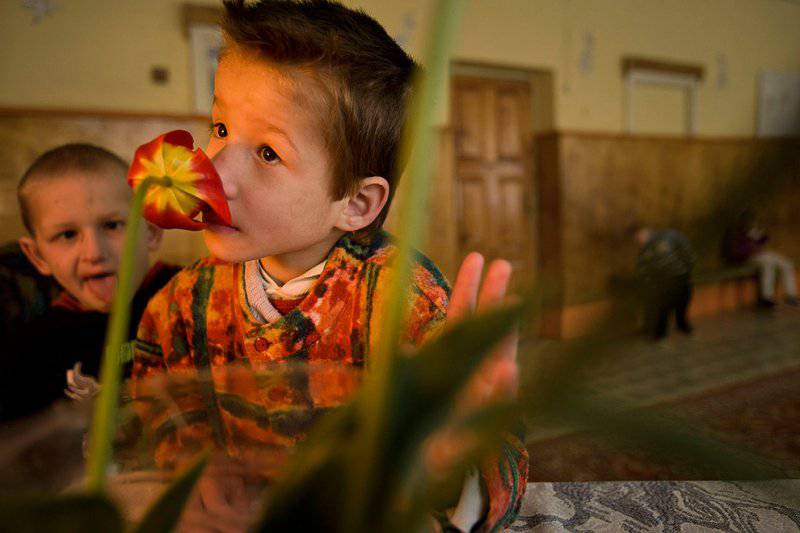
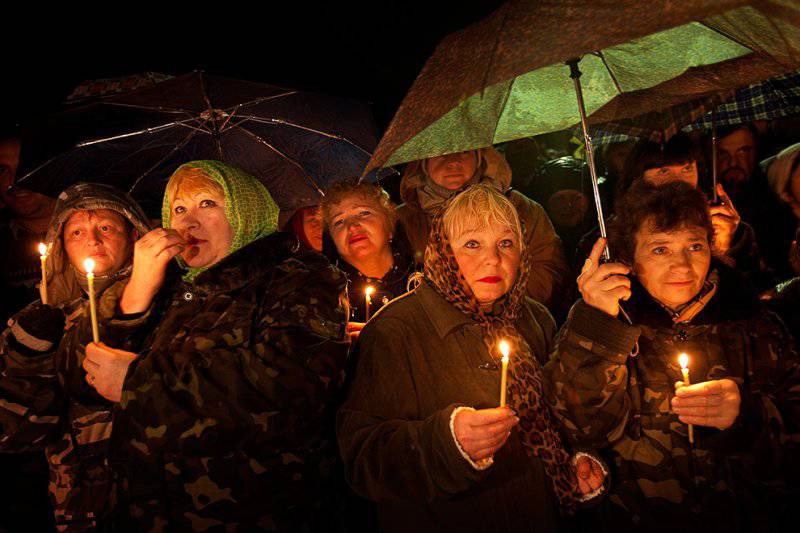
Information